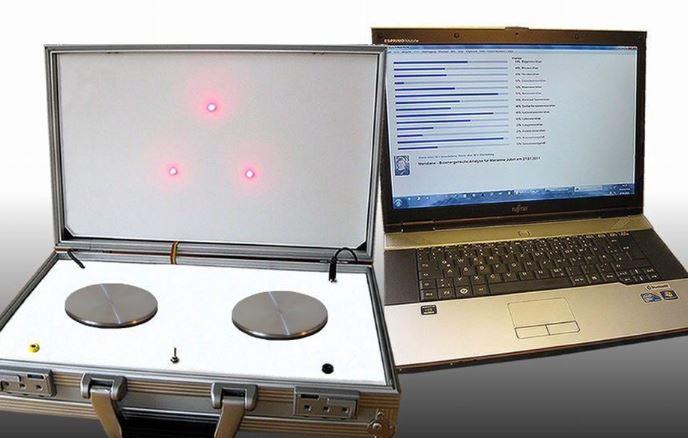Radionik

Radionik (or Radionics in English) is a controversial esoteric practice that claims to diagnose and treat illnesses — physical, emotional, or spiritual — using special devices that work with energy fields, frequencies, or vibrations.
It’s often described as a mix of pseudoscience, energy healing, and mental intention work.
⚙️ What Is Radionik?
At its core, radionik is based on the idea that every person, object, or condition has a unique vibrational frequency. Radionic devices claim to:
-
Detect imbalances in a person’s energy field (like illness or emotional blocks).
-
Send corrective frequencies (using a machine or mental focus) to restore harmony.
This is usually done without physical contact — and sometimes without the person being present. A photograph, name, or hair sample (called a “witness”) is often used instead.
🧪 How Does It Work (According to Practitioners)?
Practitioners believe that:
-
Everything in the universe is interconnected by subtle energy fields.
-
Human intention can interact with these fields.
-
Radionic devices act as amplifiers for intention and frequency tuning.
-
A rate (a specific number or dial setting) corresponds to a particular issue or solution.
The machine doesn’t “do the healing” — it’s more like a tool for focusing conscious intent and frequency alignment.
🧠 Devices & Tools
Radionic machines often look like a mix between old-school radios and abstract tech. They may include:
-
Dials or sliders for setting frequencies
-
Copper plates or antennae
-
Witness plates (where you place a photo or hair sample)
-
Some modern versions use software instead of physical devices
Despite their techy look, most devices don’t use conventional electronics — they rely on symbolic, energetic, or psychic principles.
🧬 Scientific View?
Radionik is considered pseudoscience by mainstream science. There is:
-
No scientific proof that radionic machines function as claimed
-
No established mechanism for how “vibrational healing at a distance” would work
-
High skepticism due to lack of reproducible results
Still, some people report positive experiences, and it remains popular in certain holistic and spiritual circles.
🌱 Common Uses
-
Energetic healing of people or animals
-
Diagnosing blockages or disharmonies
-
Spiritual or emotional balancing
-
Even “healing” land, businesses, or relationships energetically
🌀 1. Clarify the Intention or Purpose
Before you start, you define what you’re working on. This could be:
-
A physical condition (e.g., headaches, allergies)
-
An emotional state (e.g., anxiety, fear)
-
A relationship issue
-
A business situation
-
Even land or environmental healing
💬 "The clearer the intention, the better the results," is a common belief in radionics.
📸 2. Prepare the "Witness"
A witness is something that energetically connects to the subject you're working on. This might be:
-
A photo
-
A lock of hair
-
A signature
-
A blood or saliva sample
-
A handwritten name and date of birth
The witness is placed on a special area of the radionic device — often called the witness plate or input plate.
🎛️ 3. Set the Rates (Frequencies)
Using dials or number pads on the radionic device, you set “rates” that correspond to:
-
The condition or issue (diagnostic rate)
-
The remedy or desired outcome (treatment rate)
These rates are often found in radionic manuals or charts, though some practitioners intuit them using a pendulum, dowsing rod, or muscle testing.
🧠 4. Focus the Mind (Mental Tuning)
Radionics isn’t just mechanical — mental focus and intention are key.
Some practitioners:
-
Enter a meditative state
-
Visualize the desired outcome
-
Use affirmations or mantras
-
Combine it with prayer, Reiki, or crystal energy
The idea is to engage both the mind and device as one system.
📡 5. Broadcasting the Remedy
Once everything is set:
-
The device is turned on (or simply left in place — many don’t have on/off switches)
-
The remedy or healing frequency is said to be “broadcast” to the subject
-
This may continue for a few minutes to several days — depending on the practitioner’s style
Some also “imprint” remedies (like water, sugar pills, or oils) by placing them on an output plate to carry the healing vibration.
📓 6. Track Progress
Practitioners often:
-
Keep notes on reactions or changes
-
Adjust rates or witnesses over time
-
Repeat sessions as needed
Optional Add-ons:
-
Pendulum dowsing (to find best rates or remedies)
-
Crystals for enhancing energy
-
Orgonite or Tesla coils in advanced setups
-
Software versions that simulate the device on a computer
-

